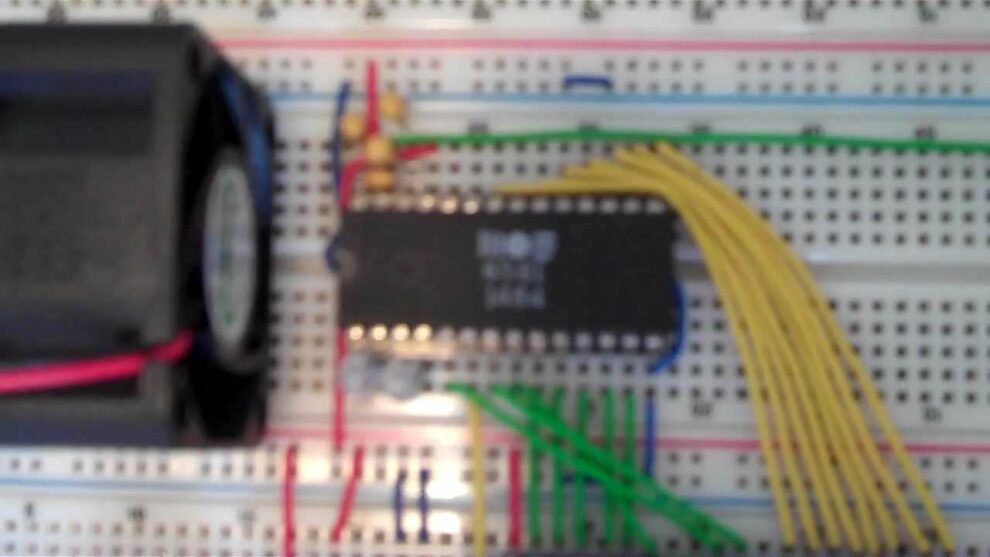A YouTuber has successfully programmed a 1978 AY-3-8910 sound chip to recreate modern environmental sounds, including bird calls, jackhammer noise, and pedestrian crossing signals. The experiment, documented on the InazumaDenki channel, showcases the surprising versatility of this classic arcade-era component.
The AY-3-8910 chip, famous for its use in iconic gaming platforms like the ZX Spectrum 128, Intellivision, and Amstrad CDC, as well as arcade classics such as Gyruss, has been repurposed far beyond its original gaming audio duties. Through an innovative approach combining modern spectrogram analysis with vintage hardware programming, the experimenter has achieved remarkably accurate approximations of contemporary sounds.
The technical process behind this achievement involves careful analysis of real-world sound recordings through spectrogram visualization. This allows the identification of key frequency bands that define each sound’s characteristic pattern. These frequencies are then translated into numerical values compatible with the sound chip’s architecture, enabling the recreation of complex sound patterns using the chip’s limited but versatile sound generation capabilities.
Perhaps the most impressive demonstration comes from the bird call replication. While not a perfect reproduction, the chip manages to capture the distinctive glissando effect – the smooth sliding between notes that characterizes avian vocalizations. This achievement is particularly noteworthy given that the chip is recreating sounds from creatures that weren’t even born when it was manufactured four decades ago.
The success of this experiment highlights the enduring capabilities of vintage technology when approached with modern analytical tools and creative programming techniques. While the AY-3-8910 was designed primarily for simple game sound effects and music, this demonstration reveals its potential for much more sophisticated audio synthesis.
The project’s methodology combines old and new technologies in an innovative way. The use of modern spectrogram analysis provides precise frequency data that would have been difficult or impossible to obtain when the chip was first released. This marriage of vintage hardware with contemporary analytical tools opens up new possibilities for exploring and extending the capabilities of classic technology.
The experiment’s results are particularly impressive given the technical limitations of the AY-3-8910. Unlike modern digital audio systems that can reproduce sounds with high fidelity, this vintage chip must approximate complex sound patterns using relatively simple wave generation techniques. The ability to create recognizable versions of real-world sounds speaks to both the chip’s versatile design and the creator’s skillful programming.
Each sound reproduction demonstrates different aspects of the chip’s capabilities. The jackhammer simulation showcases its ability to handle rhythmic patterns and noise generation, while the pedestrian crossing signal tests its precision in generating specific tones. The sports whistle replication demonstrates the chip’s capacity for sharp, clear tones characteristic of its original gaming applications.
This project represents more than just a technical curiosity; it demonstrates how vintage technology can be repurposed in ways its original designers might never have imagined. It also highlights the enduring appeal of retro gaming hardware beyond its intended use, showing how these platforms continue to inspire creativity and experimentation decades after their release.
The documentation of this experiment on YouTube, complete with detailed timestamps and explanations, provides valuable insights for other enthusiasts interested in exploring vintage sound synthesis. It serves as both a demonstration of what’s possible with classic hardware and a potential springboard for further experimentation in this field.
As technology continues to advance at a rapid pace, projects like this remind us that older hardware still holds potential for discovery and innovation. The ability to bridge the gap between modern analytical tools and vintage technology opens up new possibilities for understanding and utilizing classic hardware in contemporary contexts.
















Add Comment